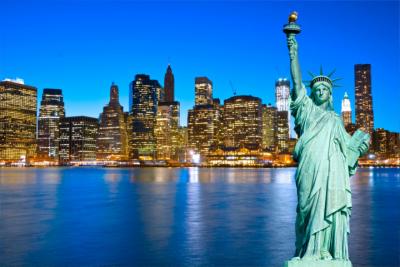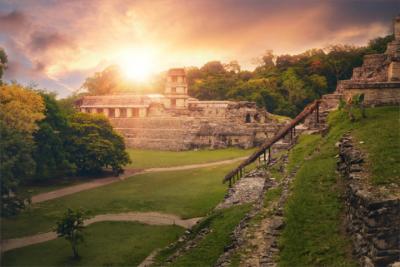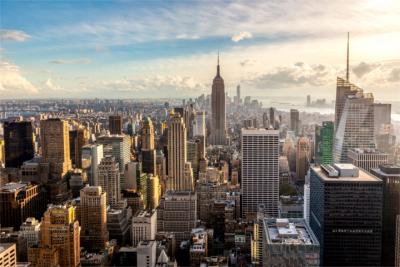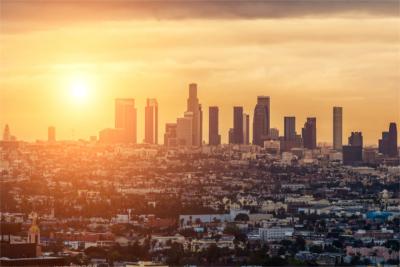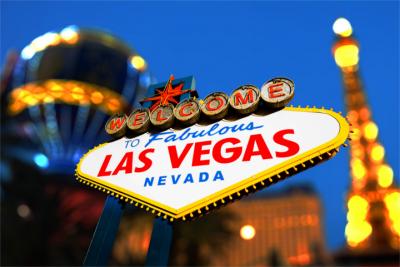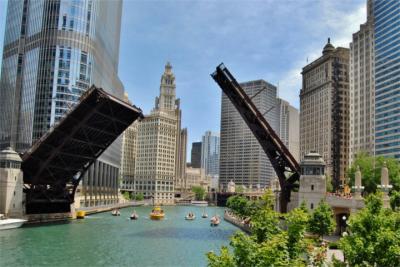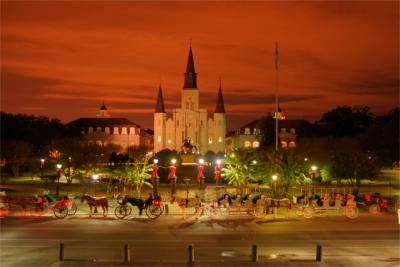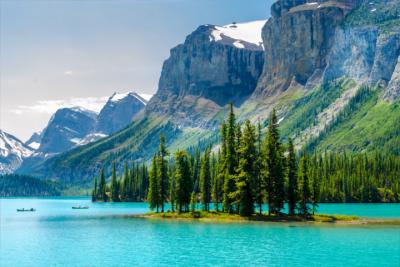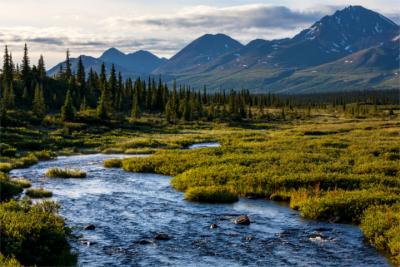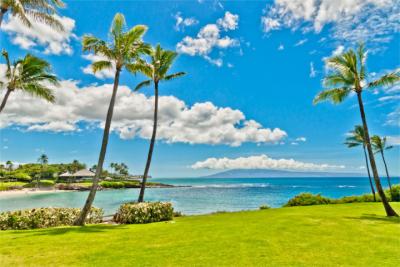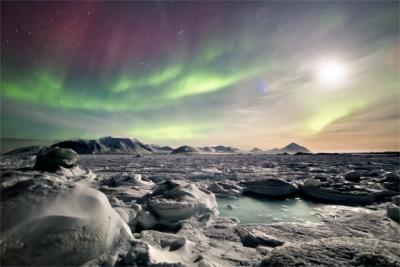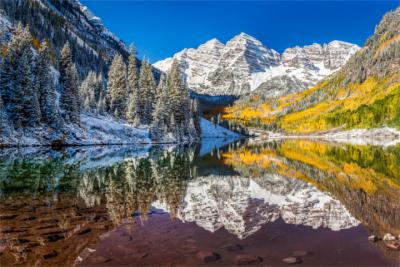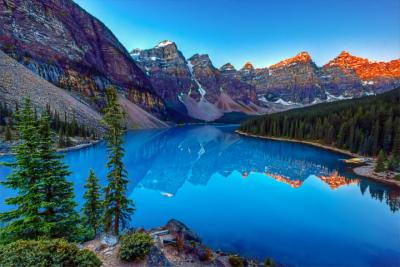Travel Offers
Travelmyne Featureprint
Distance
North America - Conquering New Frontiers
From the icy winds of the Arctic Ocean and the never-ending conifer forests of the north to the dusty prairies of the Middle West and down into the fiery south populated by vivacious Mexicans - each North American region has its own charm and welcomes its visitors in its own way.

Geography - Icy north, hot south
We owe the names North and South America to the sailor and explorer Amerigo Vespucci. North America refers to the northern part of the American continent, that is the mainland states Canada, the USA and Mexico as well as the islands Greenland, Bermuda and Saint Pierre & Miquelon. A number of dependent islands in the Atlantic and Pacific Ocean are added to the list. Altogether North America is the world's third biggest continent and is located on the North American plate, except for a few exceptions. According to measurements from 1931, the continent's geographical centre lies in the placid town Rugby in North Dakota in the USA. The climate differs considerably depending on the region. While the inhabitants of Northern Canada and Hudson Bay brave the icy temperatures of the Arctic tundra and proudly consider themselves "America's icebox", the wider area of the USA is dominated by a pleasant temperate climate. You find hot and dry temperatures in the South West of the USA and in Mexico it is subtropical and muggy. In addition, there are regions with an extreme climate like the Tornado Alley in the Mississippi valley. The annual tornado season in spring presents an exciting natural spectacle and keeps huge tracts of land in suspense.

Nature - Rocky Mountains, Mississippi & lonely prairie
The nature in the wider area of North America shows breathtaking beauty. The majestic mountain peaks of the Rocky Mountains, the Cordilleras and the Alaska Range in the west as well as the Appalachian Mountains in the east are crossed by an evergreen valley landscape - the Great Plains. This region contains well-known rivers such as the endless Mississippi and the Missouri River. Close by you find the second largest lake on earth - the Lake Superior - which separates the USA from Canada. The gigantic broadleaf and conifer forests in Canada and the USA are home to species of large bears like the brown and the black bear and of course the grizzly bear. Under the hot Canadian sun you find the highest trees on earth - the redwood. As different as the individual countries is their vegetation. Greenland is characterised mostly by its bizarre glaciers in perpetual ice, which are populated by polar bears. Huge herds of bison browse the open prairies of the USA. Southern Mexico is mostly covered in steppes.

Culture - Big city circus, Inuit art & love for ice hockey
The economically highly developed regions Canada and the USA are ranked among the most wealthy nations on earth. Their wealth is reflected most of all in their metropolises Washington, D.C., New York, San Francisco, Ottawa, Montreal or Toronto. Gigantic skyscrapers, great bridges and a dense network for cars, subways, ships and planes dominate the daily city life. The southern North American regions are considerably calmer. Mexico increasingly bethinks of its own indigenous culture and the myths and customs of the Aztecs become part of Mexican life again - for example in the traditional Mexican cuisine. Chili, beef, Tortillas and Churros enjoy international popularity. The high North also fosters its age-old cultural assets. The artistic treasures of the Inuit in Greenland are put into the spotlight of cultural attention and Canada has its own lifestyle as well. Especially the sports Lacrosse, ice hockey and Canadian football are popular with the Canadians.

Experience - Aztecs, cowboys and glacier hikes
The leisure activities in North America are as varied as its population. How about a glacier hike in the blue-white ice desert of Greenland for a start, a rodeo show with cowboys and Native Americans of the Wild West or an expedition through the ancient cultural sites of the Aztecs in Mexico? The Walk of Fame in Hollywood, a visit to the Niagara Falls near Canada or a tour around the Parliament Hill in Ottawa are best suited for a stopover. Extreme athletes do not go short either. You can do a cliff dive into the deep blue ocean basin of Acapulco or a mountain biking tour through the Rocky Mountains. Visitors can relax during the long drive along the legendary Route 66 or in a spontaneous concert of the Mariachi musicians in Mexico City. And those who are looking for solitary calm and classic island atmosphere should visit the Bermudas.

Information
English-speaking tourists get along very well in the USA and Canada. The latter also has French as an official language. In Mexico, however, people mostly communicate in Spanish, in addition to 62 indigenous languages. While Greenland is part of North America geographically, politically it belongs to Denmark, but it acts autonomously for the most part. The currencies are the US dollar in the USA and the Canadian dollar in Canada. The Mexicans pay with Mexican Pesos. For entering North America you need a valid passport and visa.
North America has many facets. Greenland, Canada, the USA and Mexico charm visitors with their individual character, their unique landscapes and their inhabitant's friendly nature. Lovers of nature and culture will enjoy the continent as much as city travellers and party-goers.

